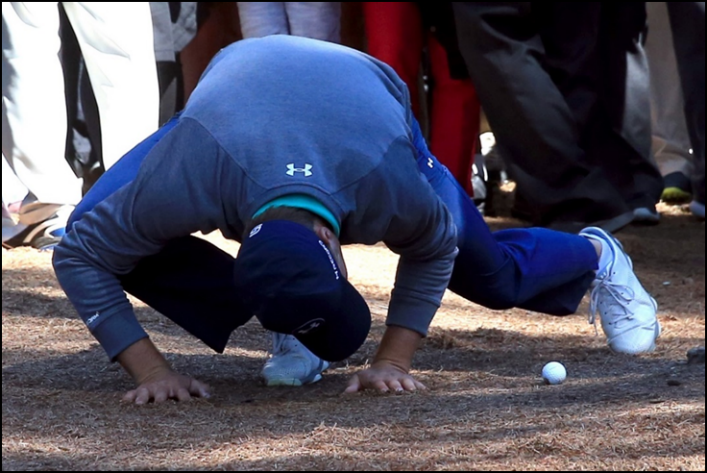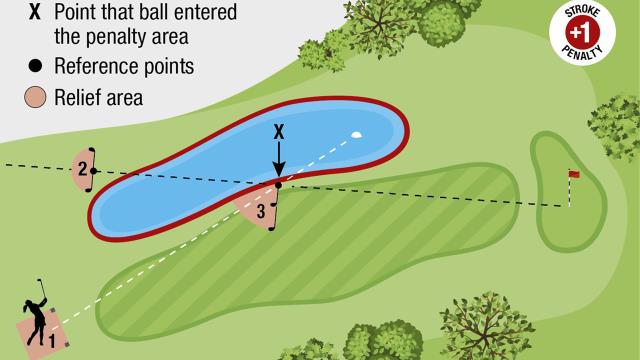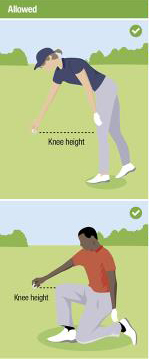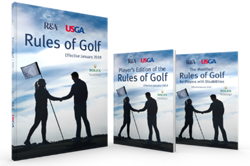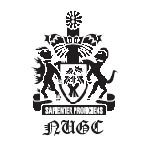December 2020
Rule 12 - BUNKERS - Prohibited and Allowed Actions
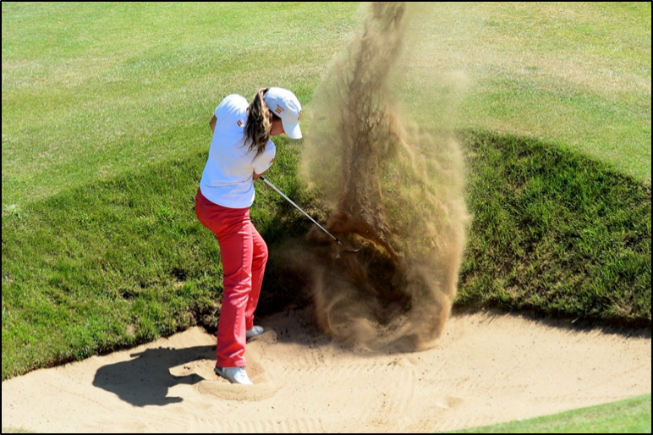 The Player must not touch the sand with the club:
The Player must not touch the sand with the club:- In making a practice swing
- In making the backswing for the stroke
The penalty for doing so is the General Penalty, Loss of Hole in Match Play and 2 Strokes Penalty in Stroke Play
Permitted Actions include – Removing Loose Impediments (natural objects) and Movable Obstructions (man-made, artificial objects). However, if a player causes the ball to move when moving Loose Impediments they will have to add a Penalty Stroke to their score and replace the ball. If the ball moves when moving a Movable Obstruction there is No Penalty but the ball must be replaced.
 |
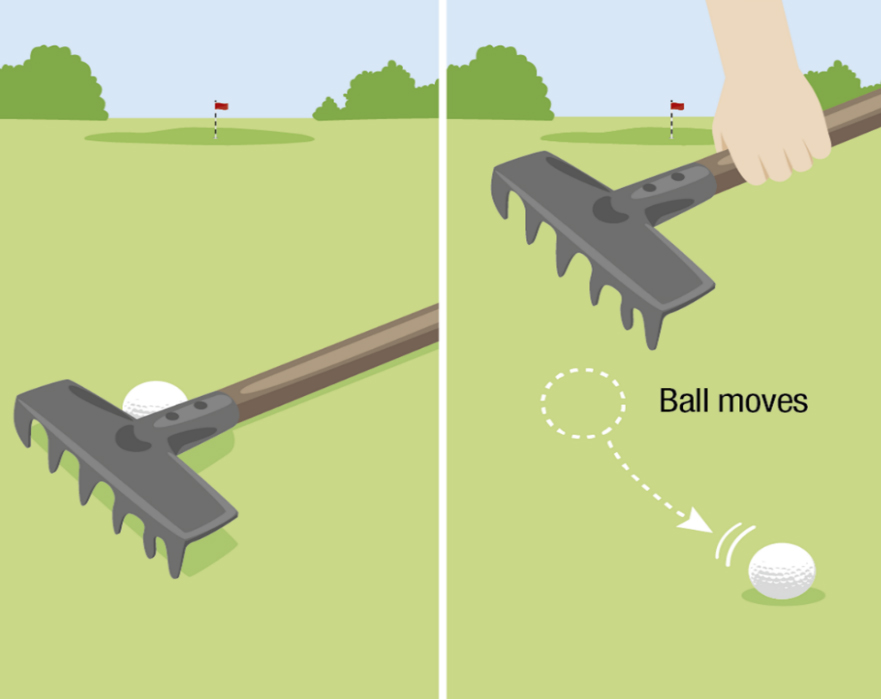 |
Players can dig in with their feet when taking a stance, smooth the bunker to care for the course, place clubs, equipment and other objects in the bunker, measure, mark, lift, and replace the ball as required by a Rule, and can lean on a club to prevent a fall, as long a they do not improve conditions affecting their stroke.

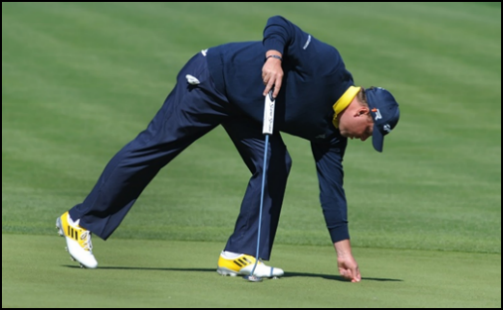
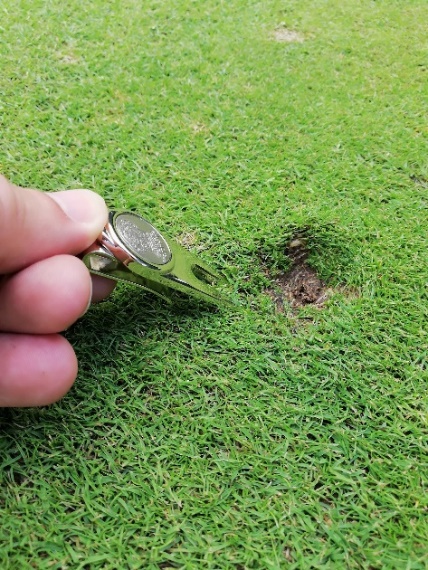 You can always mark, lift and clean your ball on the Putting Green. You can remove sand and soil and repair pitch marks that are on the Putting Green even if your ball is not on the Green, but you cannot do this anywhere else on the Course.
You can always mark, lift and clean your ball on the Putting Green. You can remove sand and soil and repair pitch marks that are on the Putting Green even if your ball is not on the Green, but you cannot do this anywhere else on the Course.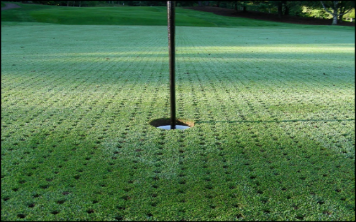
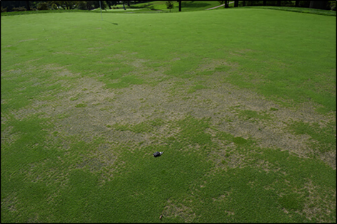
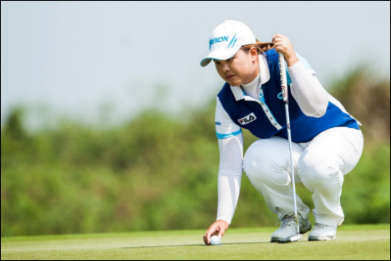 There is no penalty if any player accidentally causes the ball or ball marker to move on the Putting Green. Replace the ball on its original spot which if not known must be estimated. If natural forces – wind, water, or gravity – cause your ball to move on the Putting Green play the ball as it lies unless you have previously marked and lifted it. Once you have marked and lifted the ball it owns that spot and must always be replaced on that spot.
There is no penalty if any player accidentally causes the ball or ball marker to move on the Putting Green. Replace the ball on its original spot which if not known must be estimated. If natural forces – wind, water, or gravity – cause your ball to move on the Putting Green play the ball as it lies unless you have previously marked and lifted it. Once you have marked and lifted the ball it owns that spot and must always be replaced on that spot.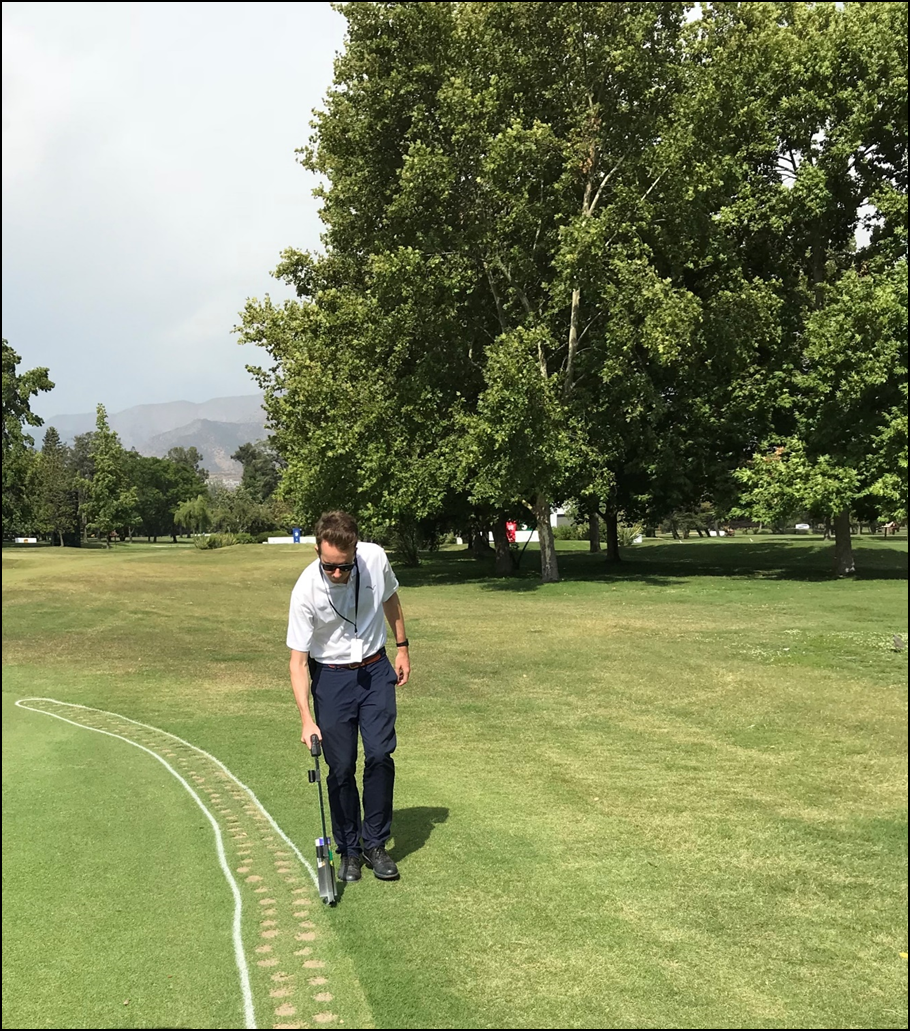
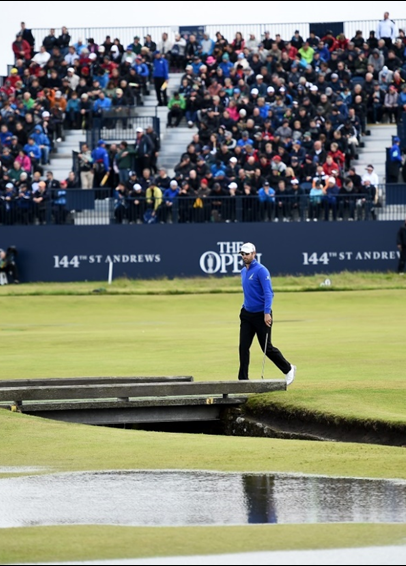
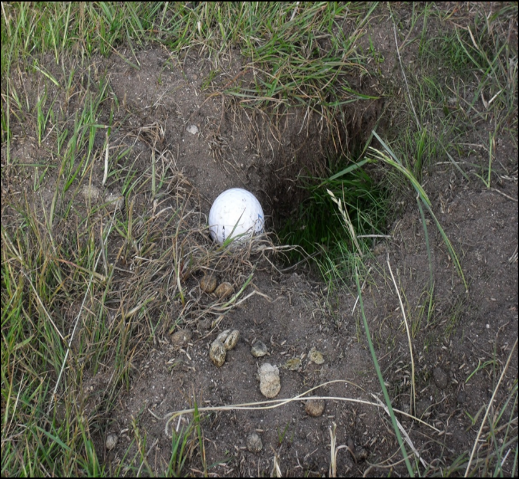
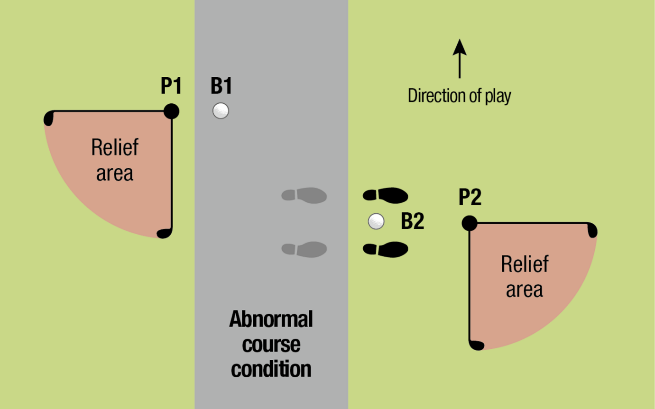
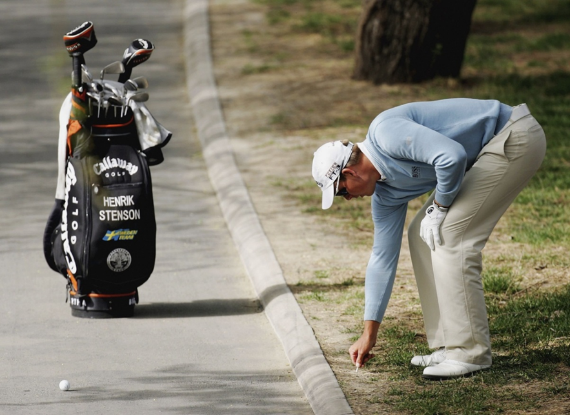
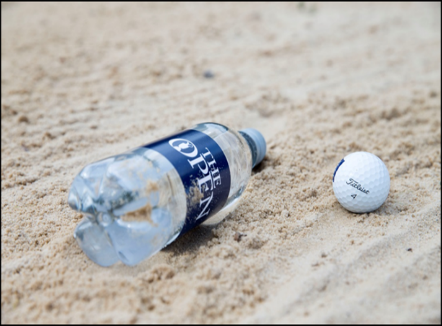
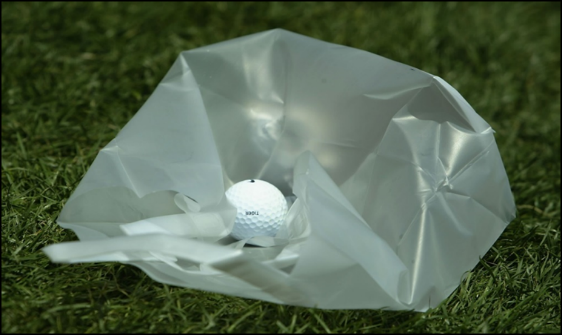
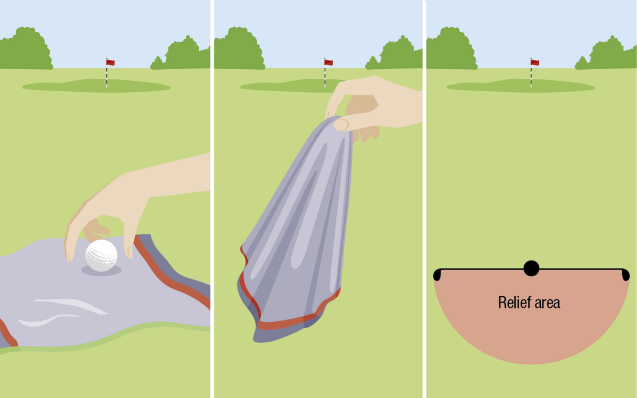
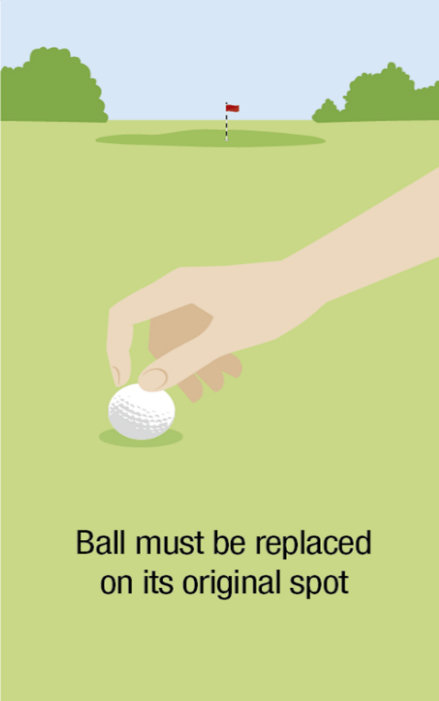 The ball at rest has moved when it leaves its original position and comes to rest in another place and the movement is seen by the naked eye. If this happens on the Putting Green or during a fair Search there is no penalty. If the player caused the ball to move by taking a practice swing too near the ball, or by moving a loose impediment anywhere on the course except on the Putting Green the player must add a penalty stroke to his or her score and must replace the ball. If the ball is not replaced the player will incur the General Penalty - Loss of Hole in Match Play and 2 strokes penalty in Stroke Play.
The ball at rest has moved when it leaves its original position and comes to rest in another place and the movement is seen by the naked eye. If this happens on the Putting Green or during a fair Search there is no penalty. If the player caused the ball to move by taking a practice swing too near the ball, or by moving a loose impediment anywhere on the course except on the Putting Green the player must add a penalty stroke to his or her score and must replace the ball. If the ball is not replaced the player will incur the General Penalty - Loss of Hole in Match Play and 2 strokes penalty in Stroke Play.